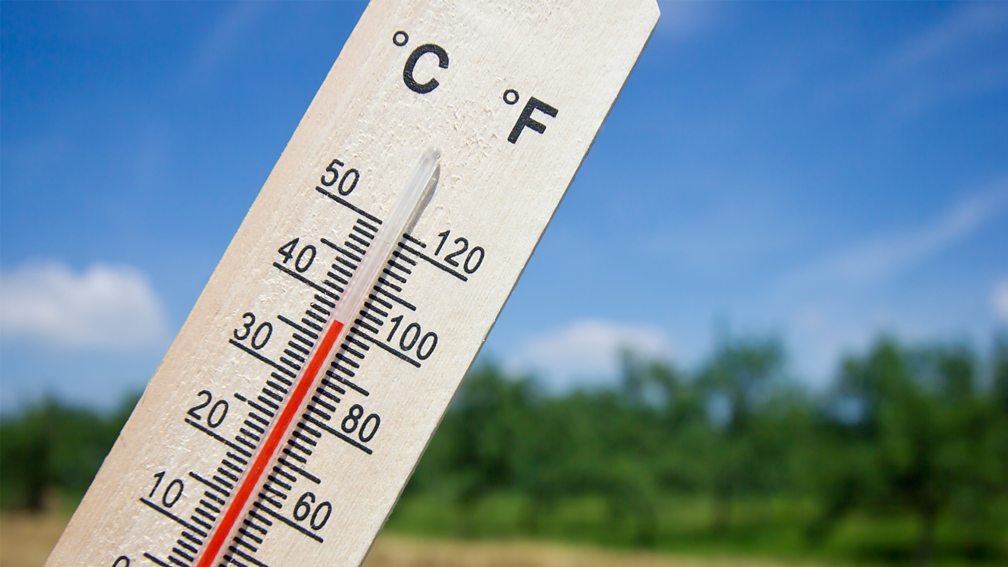Climate Is Warming Faster Than It Has In The Last 2,000 Years
Eddie Gonzales Jr. – MessageToEagle.com – A new study conducted by an international group led by Raphael Neukom of the Oeschger Center for Climate Change Research at the University of Bern, shows that there is no evidence that there were uniform warm and cold periods across the globe over the last 2,000 years.
The now-debunked hypothesis of climate phases occurring at the same time across the globe came about because of an impression that is defined by the climate history of Europe and North America.
“It’s true that during the Little Ice Age it was generally colder across the whole world, but not everywhere at the same time,” Raphael Neukom, the climate scientist from Bern, explains in a press release.
In the absence of data from other parts of the earth, this notion was applied to the whole planet, raising expectations that relatively cold or warm periods throughout the last 2,000 years were globally synchronous phenomena.
But it has now been shown that this was not the case.
The researchers see the explanation for that as being that regional climates in pre-industrial times were primarily influenced by random fluctuations within the climate systems themselves. External factors such as volcanic eruptions or solar activity were not intense enough to cause markedly warm or cold temperatures across the whole world for decades, or even centuries.
The researchers relied on a database from the international research consortium PAGES, which provides a comprehensive overview of climate data from the last 2,000 years, for their investigation of five pre-industrial climate epochs.
In addition to tree rings, it also includes data from ice cores, lake sediments and corals.
The team analyzed these data sets using six different statistical models — more than ever before. This allowed for the calculation of the probability of extremely warm or cold decades and centuries, and not just the calculation of absolute temperatures.
The result was that no globally coherent picture emerged during the periods being investigated.
“The minimum and maximum temperatures were different in different areas,” says Raphael Neukom, adding that thermal extremes across the world cannot be inferred from regional temperature phenomena like the oft-mentioned “Medieval Warm Period” in Europe and North America.
The results look very different for recent history. Both studies show that the warmest period of the last 2,000 years was most likely in the 20th century.
It can be related to more than 98 percent of the surface of the earth ad it shows that modern climate change cannot be explained by random fluctuations, but by anthropogenic emissions of CO2 and other greenhouse gases.
Written by Eddie Gonzales Jr. – MessageToEagle.com Staff











